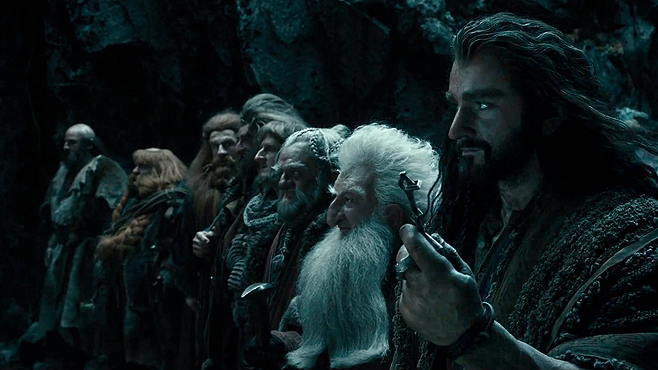This seems like a good structure to Survive a Project in Jeopardy and something as a project leader you can model and share with the team.
YOU: "Team we're going to have to prioritize, and delight our customer so much they'll freak out with happiness and recommend us to everyone !"
TEAM: "Yeah!"
Accept What Is - This is one of those things that is straight forward in words but difficult in practice. T
he Yoda of the NBA, Phil Jackson’s latest tome,the very Tolkien sounding "Eleven Rings" ends with this: “The soul of success is surrendering to what is" This is really close to Altering your reaction, the difference being that acceptance is really internal work. What you, while you're packing your boxes, feel about the situation. Its also an authenticity thing - don't lie to the team. If there are budget issues, be honest. Don't over disclose, but by all means don't hide and lie. These are people...they are Immortal Souls and we need to treat them with due respect.
One more quote, this one from one of my all time favorite books, Flow.
People who learn to control inner experience will be able to determine the quality of their lives, which is as close as any of us can come to being happy.
Mihaly Csikszentmihalyi, Flow: The Psychology of Optimal Experience, 1990
Yet acceptance only gets you so far..one must adapt, change expectations, and seek renaissance.
Adapt and Change expectations - I am carrying a belief that much of the unhappiness people's lives is due to cognitive dissonance caused by the gap between expectations and reality. We have maps in our heads about where we were supposed to live, what we were supposed to be in charge of, and what we were supposed to be driving ( have you seen the new
Jaguars? Oh my) , etc.
Adapt to finding the joy you can attain. Create events on your calendar that you might want to go to. That writers conference...the art colony...the dance club.... You were something before this gig, and you'll likely be something after it. Take this experience and start moving forward.
If you're lucky to be leading a project, people will come to you with concerns. Help them with this effort. Help them reduce the dissonance between what they wanted their life to be and what it is.
Acknowledge - I had to add this. Some if the best experiences I've had was where the closure was aided by a conscious acknowledgment of the hard work, the inherent goodness of collective creation, and the finality of that moment. Whether its you leaving or a teammate, it changes the project. Being mindful and saying goodbye are powerful tonic in memory creation.
Lastly there's some resources to help. I'll give you three that I use:
1. The fear.less newsletter. Just drives directly to the issue of fear and how hundreds of super-successful people overcame it.
2. Crush It, Unstoppable and Wired Magazine - Love all three. Crush It is a book that makes me want to walk through walls. Unstoppable is great if you're trying to start a biz, and Wired. Man I love that magazine. Somehow it slakes my geek-thirst and I feel aligned again.
3. Escapism: Read that fantasy novel, go to the movies, binge watch your favorite show. Life is hard, and if you have some non-destructive habits by all means partake. Recharge those batteries. See the greatness of other people's labor and creativity . Feel their dreams through their art.
You've done all that, and now you're ready. You've recharged those batteries, the new project is on the horizon, and you have that great fishing trip scheduled. Be mindful, now that you're back in the game , of how you recovered yourself. Remember it, because this won't be the last time, and rather than see that as a negative, leverage appreciative inquiry and reframe - letting go and moving on is really life itself. Being good with that is up to you.




